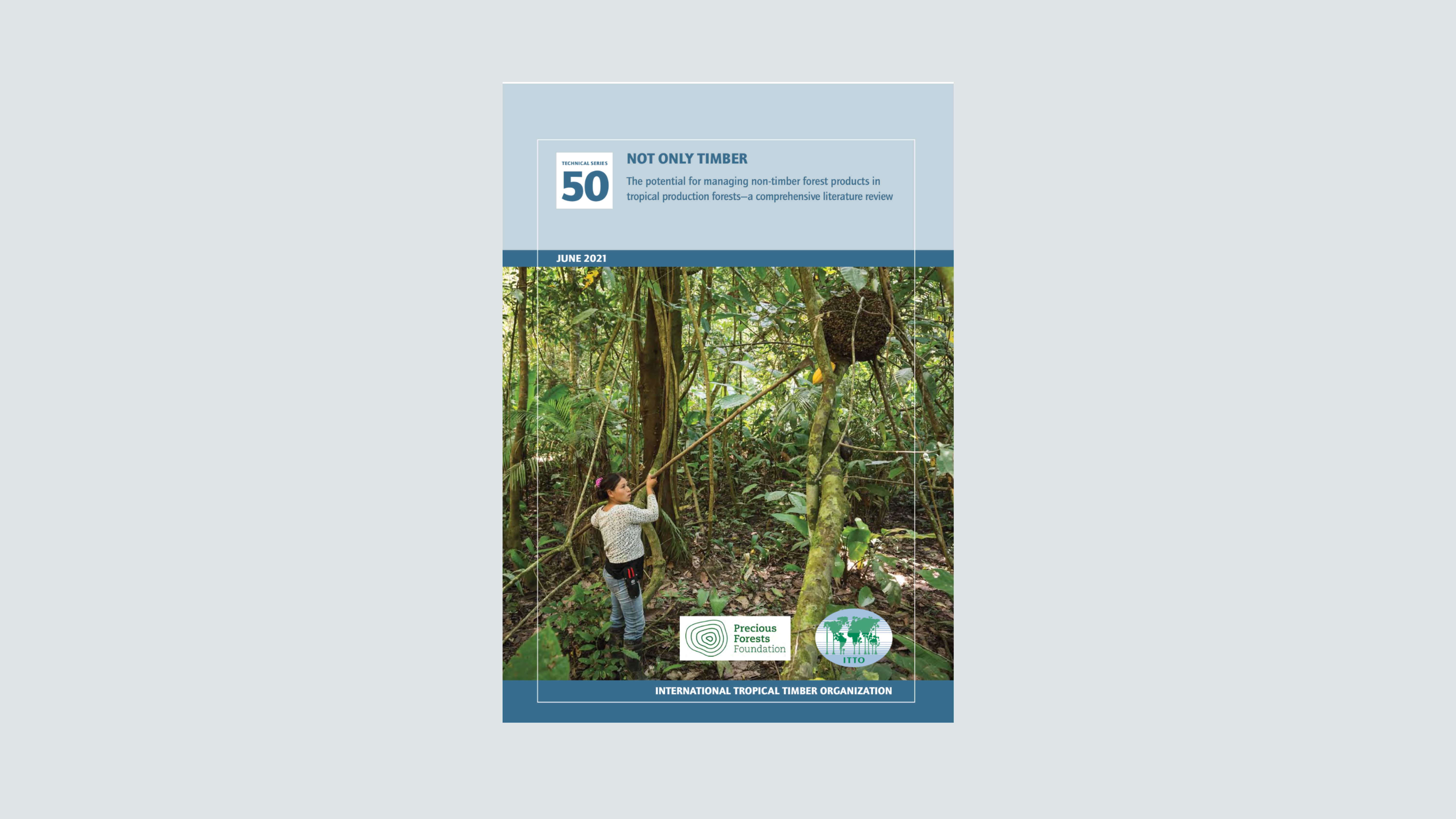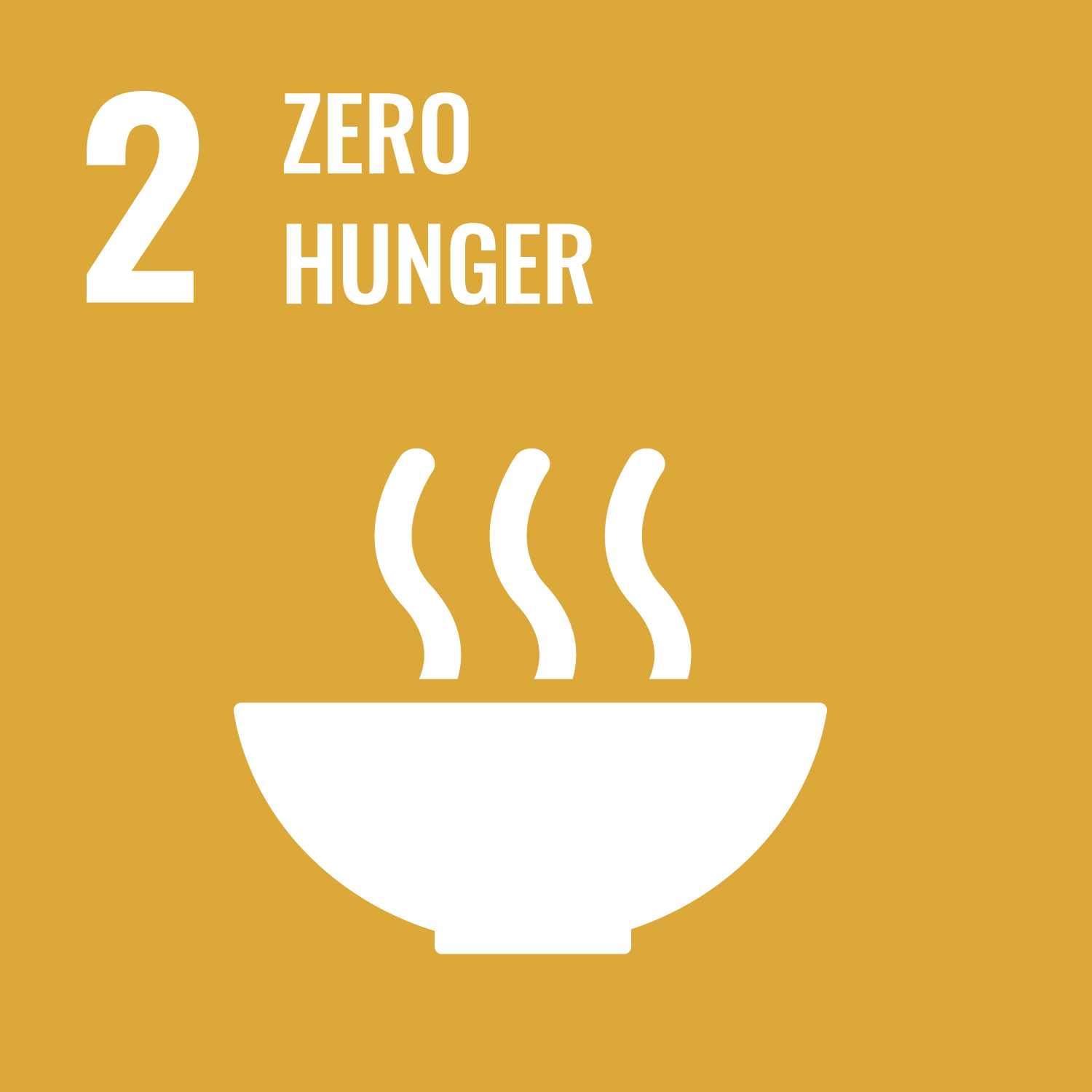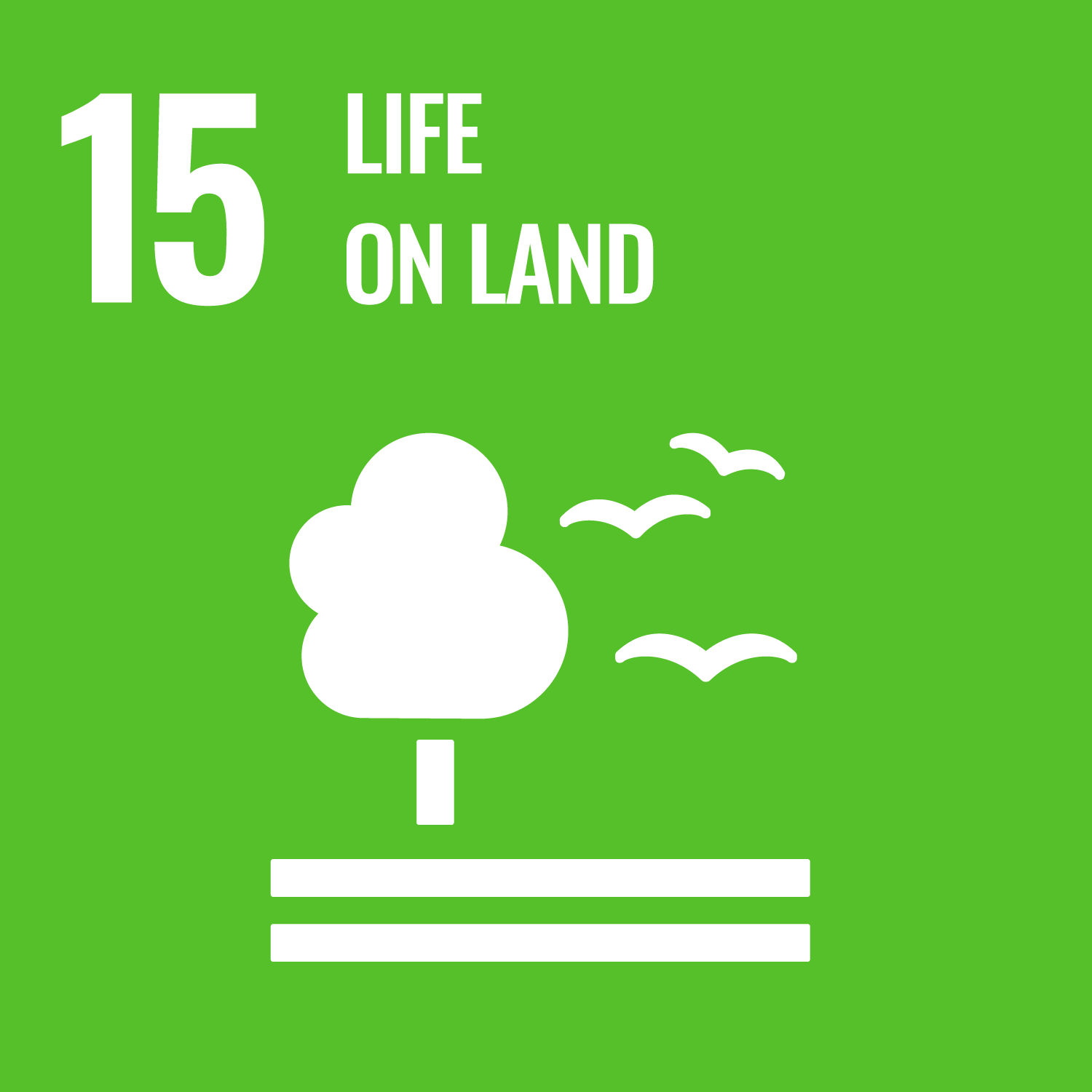Ant eggs for dinner: celebrating trees and food security on the International Day of Forests
21 March 2025, Yokohama
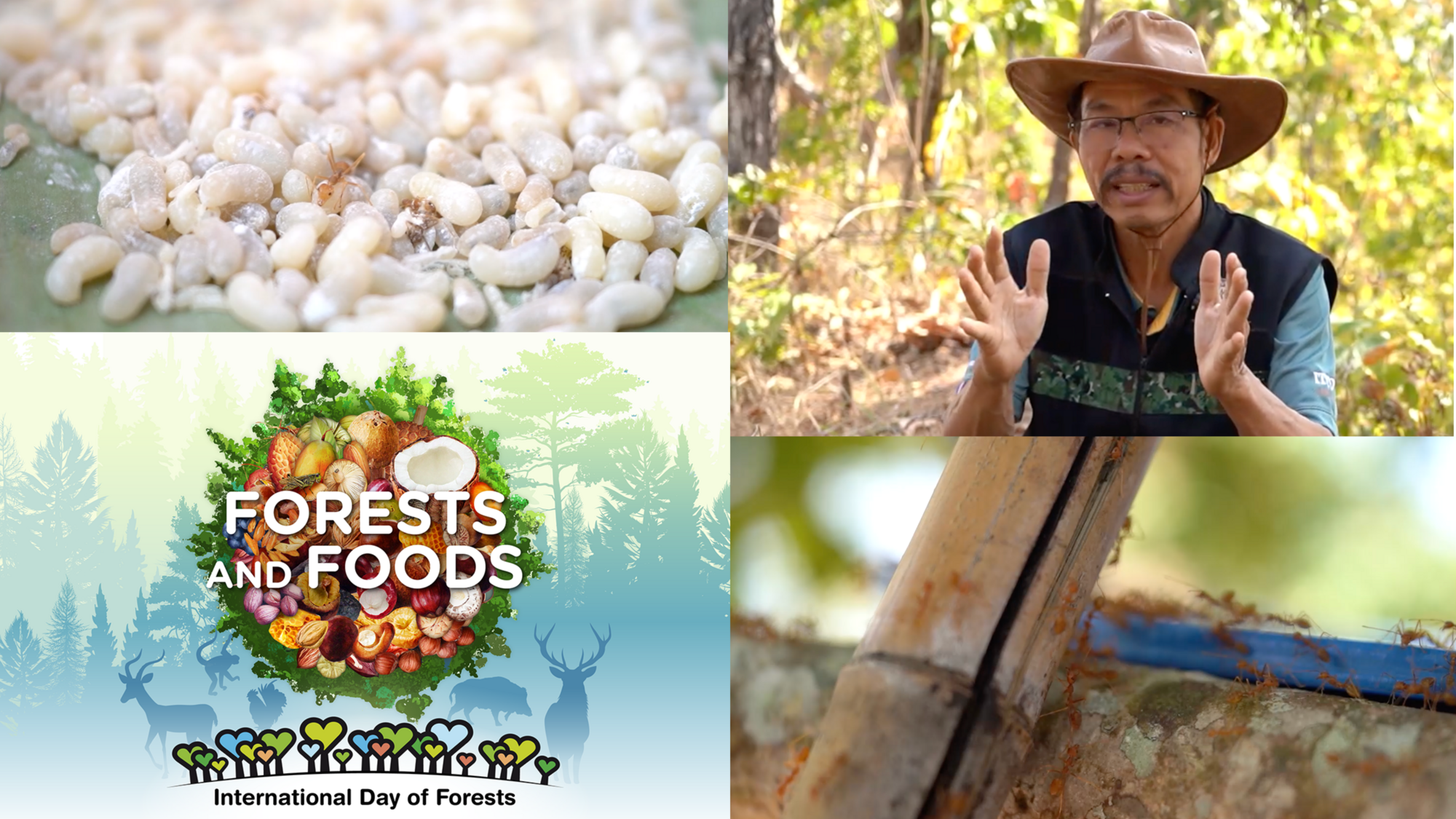
ITTO celebrates the value of forests and trees for food security on this year's International Day of Forests. Photos: Alfredo Ruzol / FAO (IDF thumbnail)
For Kongpool Boonyoung, the community forest near his home in Thailand’s mountainous north is like an emergency food bank, an insurance policy in case of hard times.
“If something like COVID-19 happens again, we could survive in the forest for a while,” Boonyoung says. “If I had to live in Bangkok or another big city, it would be difficult to make a living without money. Here, even if I don’t have money, I have plenty of ways to find food.”
All over the world, forests are providing valuable—even life-saving—benefits to people at every scale from the local to the global, a fact elevated and celebrated every year on 21 March, the International Day of Forests.
This year, “forests and foods” is the theme for the UN-designated day, drawing attention to the crucial role of forests in providing food security, including in ITTO member countries across tropical Africa, Asia and Latin America.
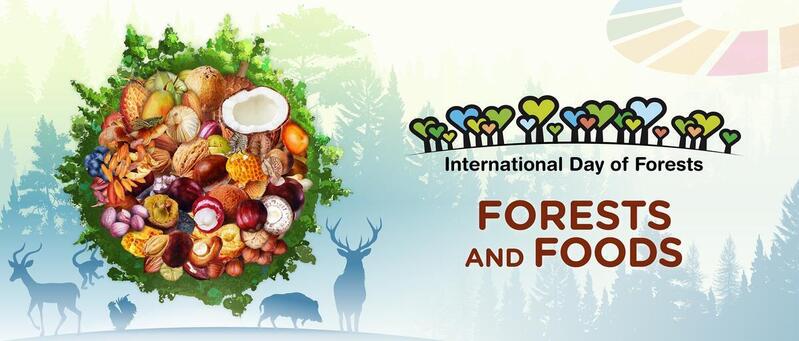
More than five billion people worldwide rely on forests and non-timber forest products for food, medicine, and economic wellbeing. Trees and forests supply a variety of nutritious resources, including nuts, fruits, seeds, roots, tubers, leaves, mushrooms, honey, wild meat, and insects—key components of diverse and healthy diets.
That is in addition to providing fuel, protecting soil fertility and water resources, capturing and storing the carbon driving climate change, providing habitat for biodiversity including vital pollinators, and shielding us from hazards ranging from floods and droughts to zoonotic diseases.
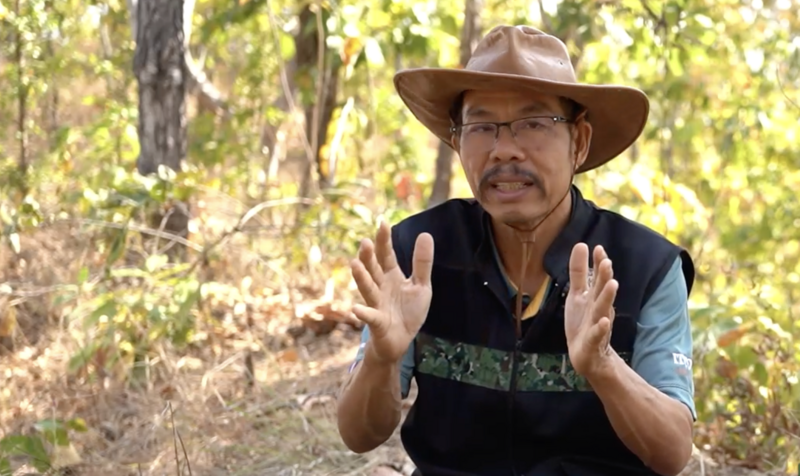
These benefits are particularly important for forest-dependent local communities and Indigenous Peoples.
In the remote Mae Sariang District of Thailand’s Mae Hong Son Province, members of the Ban Thung Paem community forest bolster their diets by harvesting forest resources, including the eggs of forest-dwelling red ants.
Using a bag or a bucket attached to a long stick, villagers dislodge and catch the ants’ nests built high in the trees and lower them to the ground. Dousing a nest in flour prompts the ants to abandon the eggs and scatter into the forest, where they can regroup and start again.
“This way we don’t kill the queen,” Boomyoung explains.
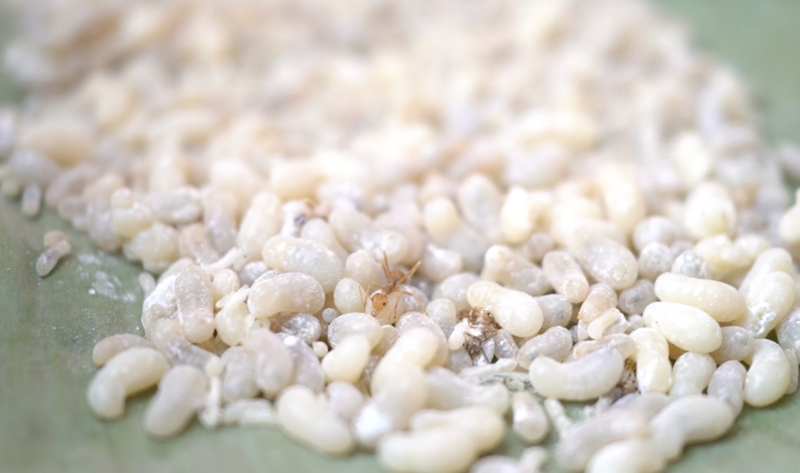
The 60-year-old says his family likes to eat ant eggs, which have been a staple of diets in northern Thailand for generations, in a salad with lemongrass and chilli, or as a protein-rich ingredient in a soup. Other villagers gather them to sell, diversifying their sources of income. However, the community is careful not to overexploit the resource.
If there were too many people, it would be overwhelming, because the area is limited,” Boomyoung says. “So when it is the right season, we come here only occasionally.”
Ban Thung Paem community forest is one of the hundreds in Mae Hong Son and neighbouring Tak Provinces targeted by an ITTO project to counter forest loss and land degradation near Thailand’s border with Myanmar, where conflict and displacement have put pressure on local resources.
The project is just one of dozens currently ongoing across the tropics and one of nearly 1,300 projects over the years as part of the Organization’s mission to support sustainable forest management and trade in legal and sustainable timber and wood products.
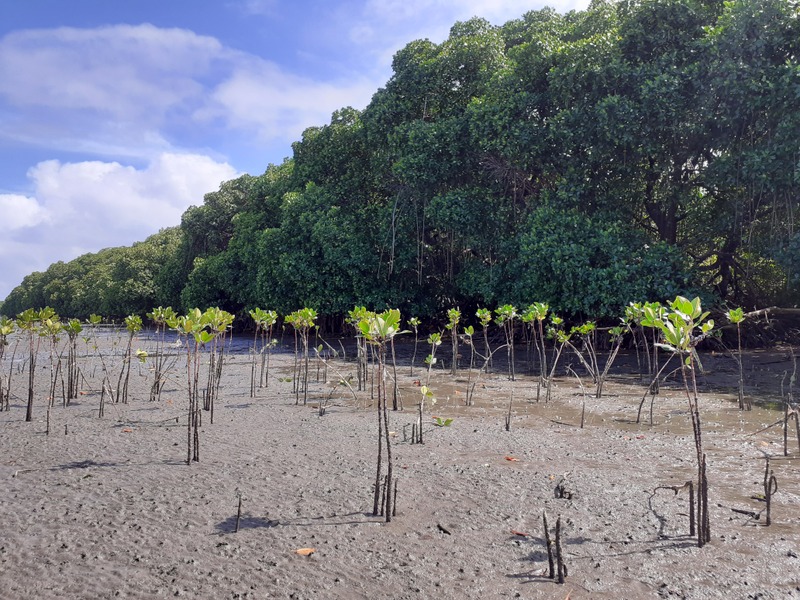
By supporting local livelihoods and economies, ITTO’s project and policy activities make a significant contribution to the food security of rural communities, including by making them more resilient to the impacts of climate change, amongst other challenges.
For example, an ITTO project in Fiji is supporting local communities to tackle the overexploitation of resources by establishing demonstration sites for rehabilitating and sustainably managing mangrove forests and wetlands. Restoring those ecosystems will help to protect coastal communities from disasters as well as empower local fisheries.
In Indonesia, another ITTO project has empowered communities to sustainably use non-timber forest products (NTFPs) such as honey, candlenut, and bamboo, including by strengthening local businesses, to conserve protected tropical forests in Lombok.
“These and many other initiatives by ITTO and its partners show how involving local communities in forest management can bring a multitude of benefits, including enhancing both food security and conservation, creating a win-win situation for both people and the planet,” ITTO Executive Director Sheam Satkuru said.
